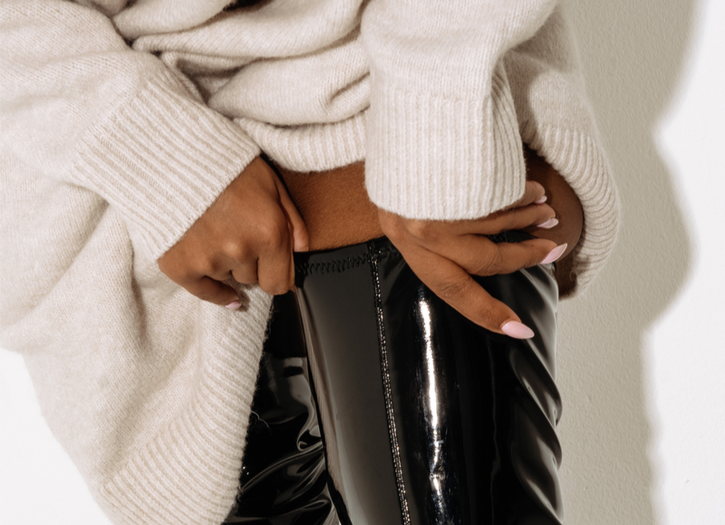A fashion boot is worn for style or fashion reasons (rather than for practical purposes). The term is usually applied to women’s boots.
Fashion boots come in a wide variety of styles, from ankle to thigh-length, and are used for casual, formal, and business attire. Although boots were a popular style of women’s footwear in the Nineteenth Century, they were not recognized as a high fashion item until the 1960s. However, they became widely popular in the 1970s and have remained a staple of women’s winter wardrobes since then.
Fashion boots generally employ the same range of soles and heels as in shoes. The defining character of the boot is the length of the shaft. Ankle boots have a shaft height of fewer than 8 inches (20 cm) typically, calf-length boots 8–15 inches (20–38 cm), knee-length boots 15–19 inches (38–48 cm), while over-the-knee boots have shaft lengths of 19 inches (38 cm) or more; however these divisions are arbitrary, and at the boundaries, the decision as to whether a boot is, for example, knee-length is mainly subjective.
The shaft of a fashion boot can be fitted (i.e., following the curve of the wearer’s calf), straight-legged, or loose-fitting (or “slouchy”). Flexibility is achieved in close-fitting boots using gussets; slits in the material either at the top of the shaft (in knee-length boots) or wider panels at the sides of the shaft (in ankle boots), which are backed with elasticized fabric. Compression folds around the ankle allow for movement of the foot. In over-the-knee boots, flexion of the knee is usually attained by a vent at the back of the boot, running from the top of the shaft to the back of the knee. This may be closed with laces, elasticized, or left open. Where a vent is not used, freedom of movement is achieved either by having the top of the shaft flare outwards above the knee or making all or part of the shaft out of a stretchable material.
A variety of fasteners are seen in fashion boots. Laces are commonly used in ankle boots but are too time-consuming for longer styles. Zip fasteners are widely employed in all styles of a boot – they may run the entire length of the shaft or just the ankle, and lower calf – these partial-length zips make it easier to insert the foot into the toe of the boot by relaxing the fit around the ankle. Pull-on boots have no fasteners and tend to have a looser fit than zip or lace-up boots; they sometimes have a loop of leather at the top of the shaft, called a boot-strap, to assist with pulling the boot on. Finally, button-fastened boots were common at the beginning of the last century but are rarely seen today. If present, buttons are usually employed as design accents on boots; other decorative features include straps, buckles, studs, and decorative stitching.







Add Comment
You must be logged in to post a comment.